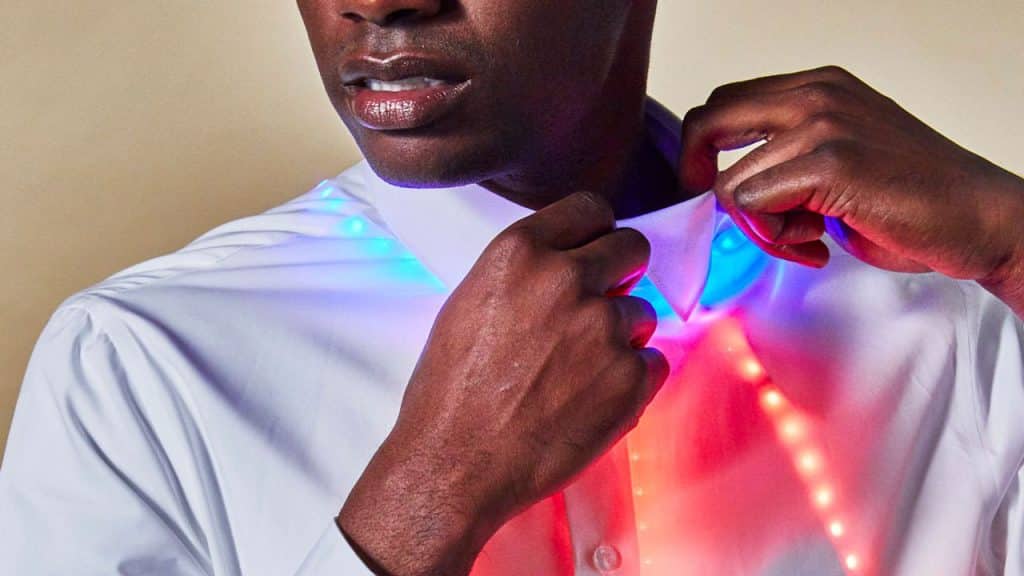When you think about smart technology, devices like phones and watches probably come to mind. Fabric is not an obvious candidate, but smart textiles are a growing part of modern healthcare technology. Let’s explore just what this means (https://longevity.technology/lifestyle/smart-textiles-definition-uses-types-limitations-innovations/).
First, it’s important to define what’s meant by smart textiles. These are regular fabrics like cotton and nylon, or rarer materials like Kevlar, with integrated electronic components in the form of special fibers or digital parts. These electronics can interact with the wearer or the wider world. They’re not just batteries or sensors embedded in the cloth, which would be considered e-textiles, although microelectronics like chips may be included for data gathering purposes.
Special fibers used to construct smart textiles include light transmitters such as glass and plastic, along with conductive metals such as silver and copper that allow the transmission of electronic signals. Many of these metals can also be used as shape memory alloys (SMAs) that react to external stimuli. Piezoelectric materials produce their own electric charge. These are essential if you want the textile to use the energy from your own movements. If you want your textiles to change color in response to shifts in light or temperature, you need photochromic or thermochromic pigments. Some advanced smart textiles use strong, flexible and conductive miniscule nanotubes.
Most smart textiles have very specific functions. Like other smart devices, this could include monitoring your heart rate or other biomarkers. Many smart textiles respond to changes in their surrounding environment, such as becoming warmer when they sense a drop in temperature. Some smart textiles will share data with other devices and apps. Other healthcare uses include the ability to release medicine directly into the skin. Soothing textures and changing pressure offer comfort, and when combined with aesthetic adjustments, may even boost your mood.
Potential issues include durability, maintenance and cost, along with the environmental impact of production and waste. Some people may experience adverse skin reactions, and not everyone will have the technological knowhow to use their own smart textiles effectively. There are also the general concerns about privacy that apply to all smart devices.
There’s a lot of potential in smart textiles, but there’s still a long way to go to broaden their potential applications and minimize potential disadvantages. It’s certainly an area to keep an eye on if you’re interested in health.




